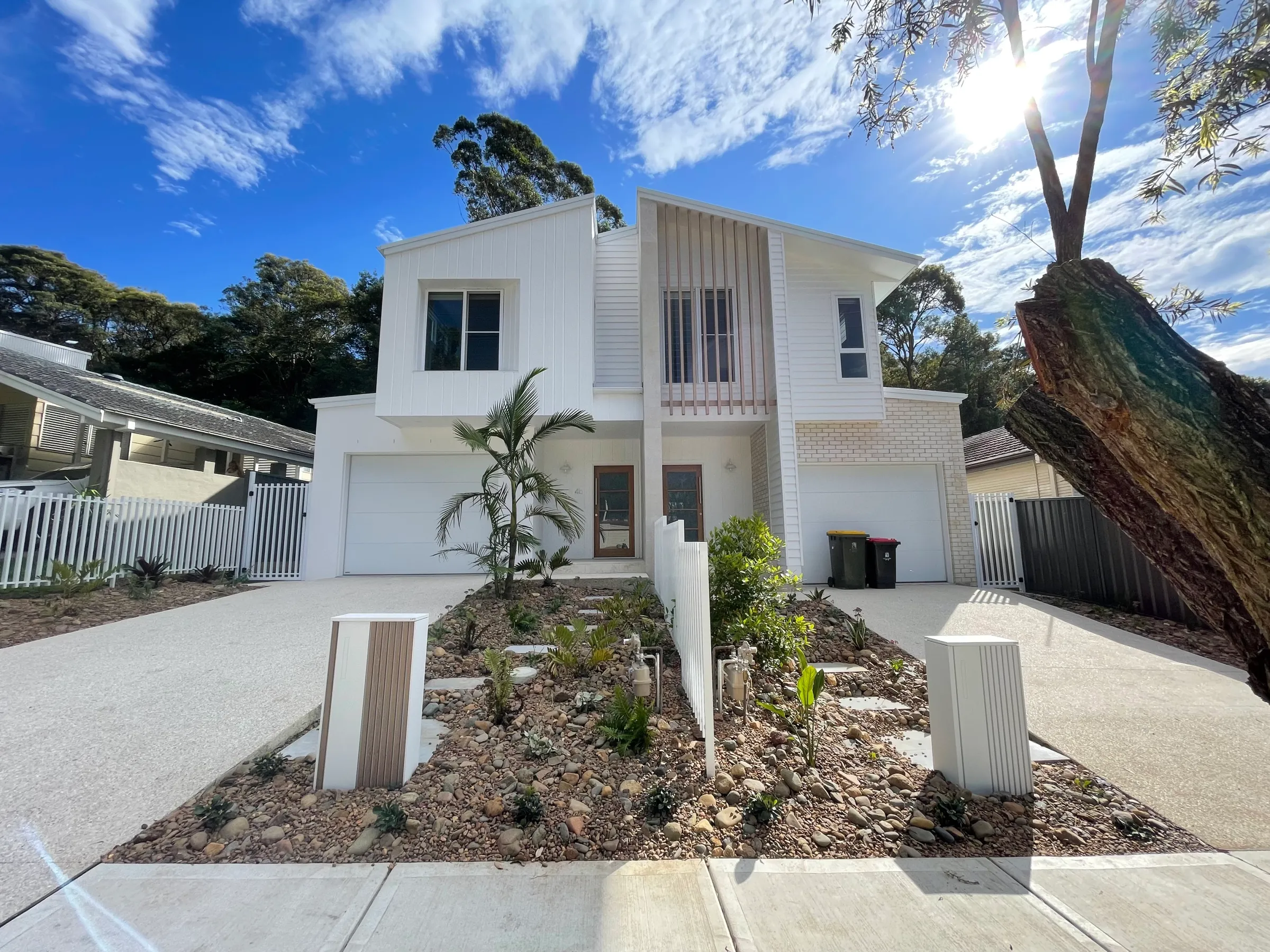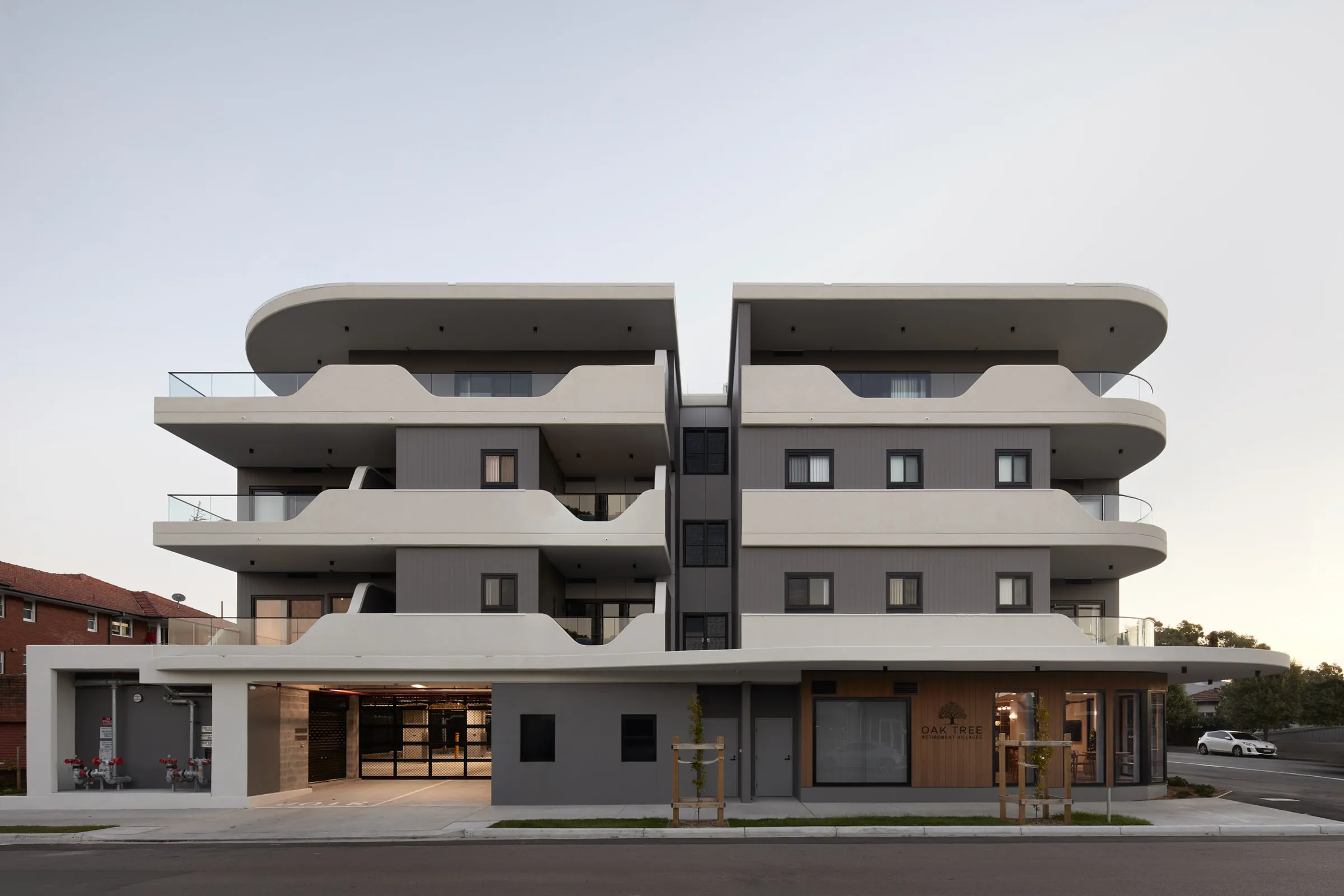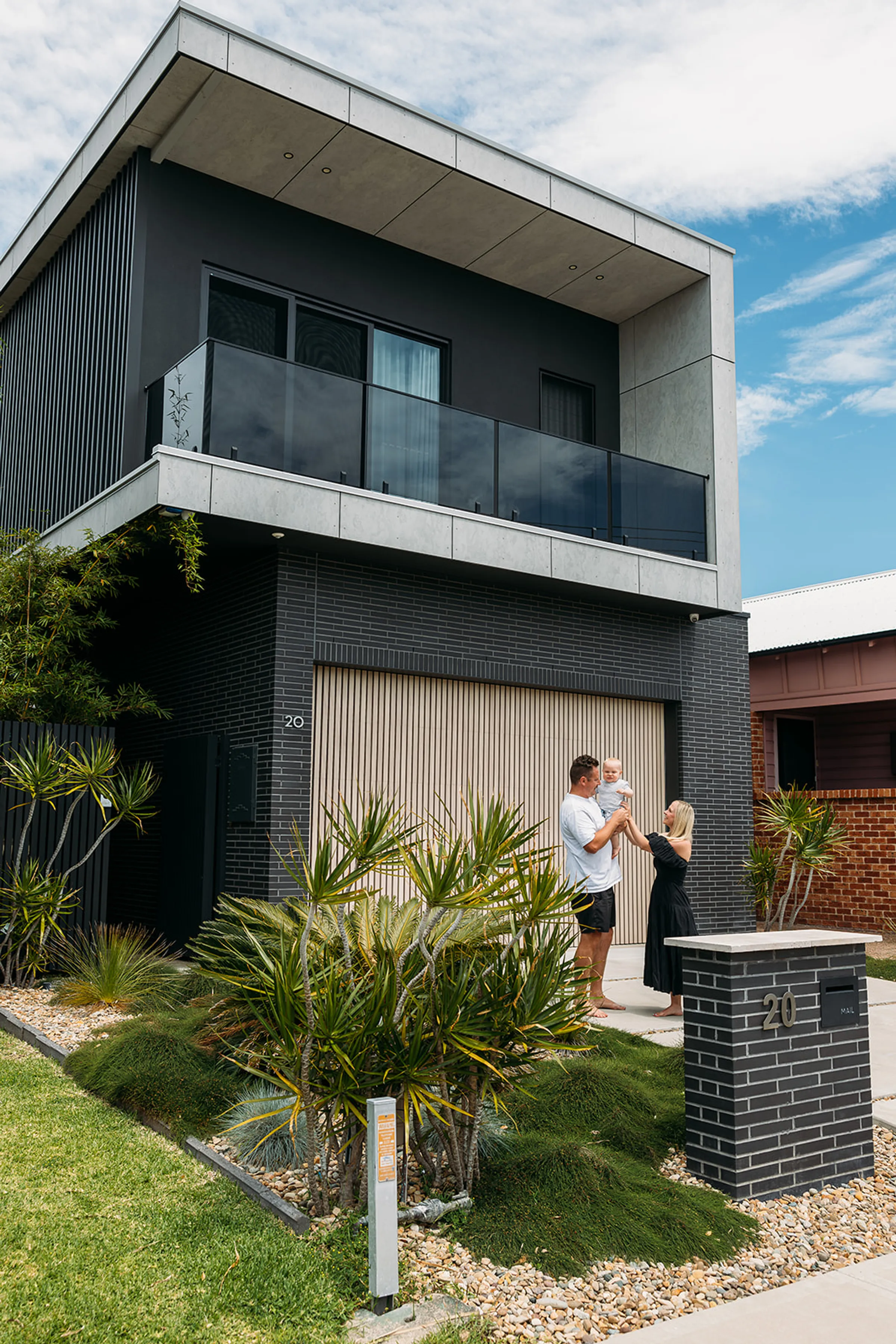

Duplex & Dual Occupancy Approvals NSW

Dual occupancy approvals, sorted.
Building more than one dwelling on a single lot? Dual Occupancy projects are a smart way to maximise land use, but they also come with a few layers of approval and compliance. In NSW, you’ll typically need either a Complying Development Certificate (CDC) or a Development Application (DA) approval from Council, followed by a Construction Certificate (CC) before you can break ground.
Buildcert is here to take care of it all. We handle approvals, check your docs, conduct inspections and issue the final sign-off. Start to finish, even subdivision if needed, we’ve got your certification sorted.

How we get your dual occupancy approval sorted.
01
Quote & ApprovalNot sure yet if your dual occ qualifies for a fast-tracked Complying Development Certificate (CDC) or needs a Development Application (DA) + Construction Certificate (CC) combo? We’ll assess your plans, check the zoning, and site permissibilities and guide you on the quickest, most suitable approval path for your project. If your project contains something a little left of field, we can also conduct a preliminary CDC assessment prior to formal lodgement. This extra step can help provide clarity on the right pathway before you move ahead.
If you are subdividing, let us know upfront, and we can quote you on everything in one go.
To get your CDC quote sorted (or if you aren’t sure), all we need is a copy of your site plans. If you’ve got extras like a Title Search or Section 10.7 Planning Certificate, send those through too. For a CC, we just need a copy of your DA-stamped plans and development consent from Council.
We’ll check over your plans, send you a clear quote and preliminary checklist, and once you give us the go-ahead, we’ll kick the process off straight away.
02
Getting StartedWhat’s involved:
This is the fast-track option, and we can issue CDCs quickly if your project ticks all the boxes.
What we need from you to get started:
- Buildcert application form
- Architectural plans
- Title Search, Deposited Plan and Instrument 88B (if applicable)
- Section 10.7 Planning Certificate
We’ll assess your eligibility and let you know if anything else is needed. You can also check out our Lodgement Checklist for dual occupancies to get ahead.
Who handles this:
While you’ll be pulling the documents together, Buildcert will guide you through the process, and we can also source any property documents that you might need.
What’s involved:
If your project doesn’t qualify for CDC, no sweat! It’ll need to go through council first for Development Consent, then to us for a Construction Certificate.
What we’ll need from you:
- Development Consent (from council)
- DA-stamped plans
- Buildcert application form
For more info, you can also check out our Application Forms & Lodgement Checklists for dual occupancies.
Who handles this:
While you’ll be pulling the documents together, Buildcert will guide you through the process, and we can also source any property documents that you might need.
03
Lodgement & ApprovalWe’ll prepare and lodge your application through the NSW Planning Portal. Our certifiers will assess the project in detail and carry out a site inspection if needed.
Dual occs can get complex with separating walls, services, driveways, and access points. If extra information is required, your certifier will issue a clear Request for Information (RFI) so you know exactly what to provide. And if your plans need adjustments, we’ll talk you through them so nothing slows you down.
You’ll get a clear set of requirements upfront, straightforward communication, and a team dedicated to your project. We’ll guide you through the added layers of a dual occ approval and keep your application moving.
Our team reviews all documentation, plans, and reports against the National Construction Code, planning legislation (for CDCs), DA conditions (for CCs) and other requirements that apply specifically to dual occupancy builds.
Once everything is finalised, we issue your Complying Development Certificate (CDC) or Construction Certificate (CC).
If there are pre-commencement conditions, like an owner-builder permit or Home Building Compensation Fund Insurance (HBCF), we’ll flag them clearly on your approval. Once sorted, we issue your Notice of Commencement. After that, it’s just a two-day wait before building can get underway.
04
Construction & Mandatory InspectionsYour approval sets out the component certificates we expect will be needed along the way, so you know exactly what’s required as the build progresses.
It will also outline every mandatory inspection needed for your project. It’s the Builder's responsibility to book them in, but we make bookings easy. Book before 3pm and we’ll be there the next day to keep things on track.
Our team will then carry out all mandatory inspections to make sure your build stays safe, compliant, and moving without delays.
For a dual occupancy, inspections typically include:
- Piers/Footings - prior to placement of concrete
- Slab - prior to placement of concrete
- Frame - prior to insulation and internal lining/plasterboard
- Fire Separating Wall - prior to insulation and internal linings
- Waterproofing - prior to internal wet area tiling
- Stormwater - prior to backfilling the discharge connection point
- Completion inspection
05
Finishing StrongOnce it’s all built, we’ll carry out the completion inspection, check off any last compliance docs, and issue your Occupation Certificate.
If you’re subdividing the block, our specialist subdivision team at Landcert handles the subdivision certification, working seamlessly with our Building Certifiers, so you’re set up to register titles with ease. It’s best to let us know upfront if subdivision certification is needed.




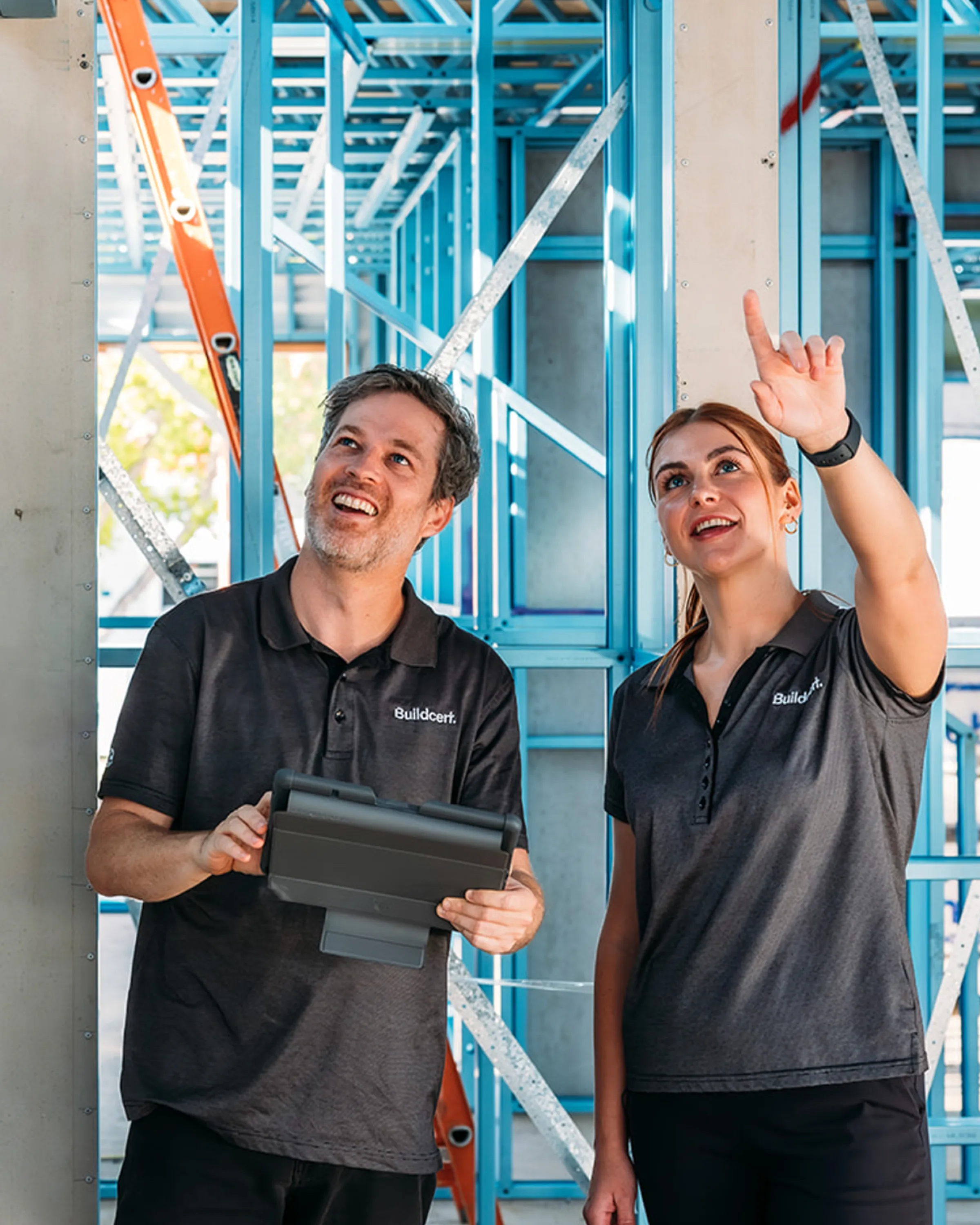
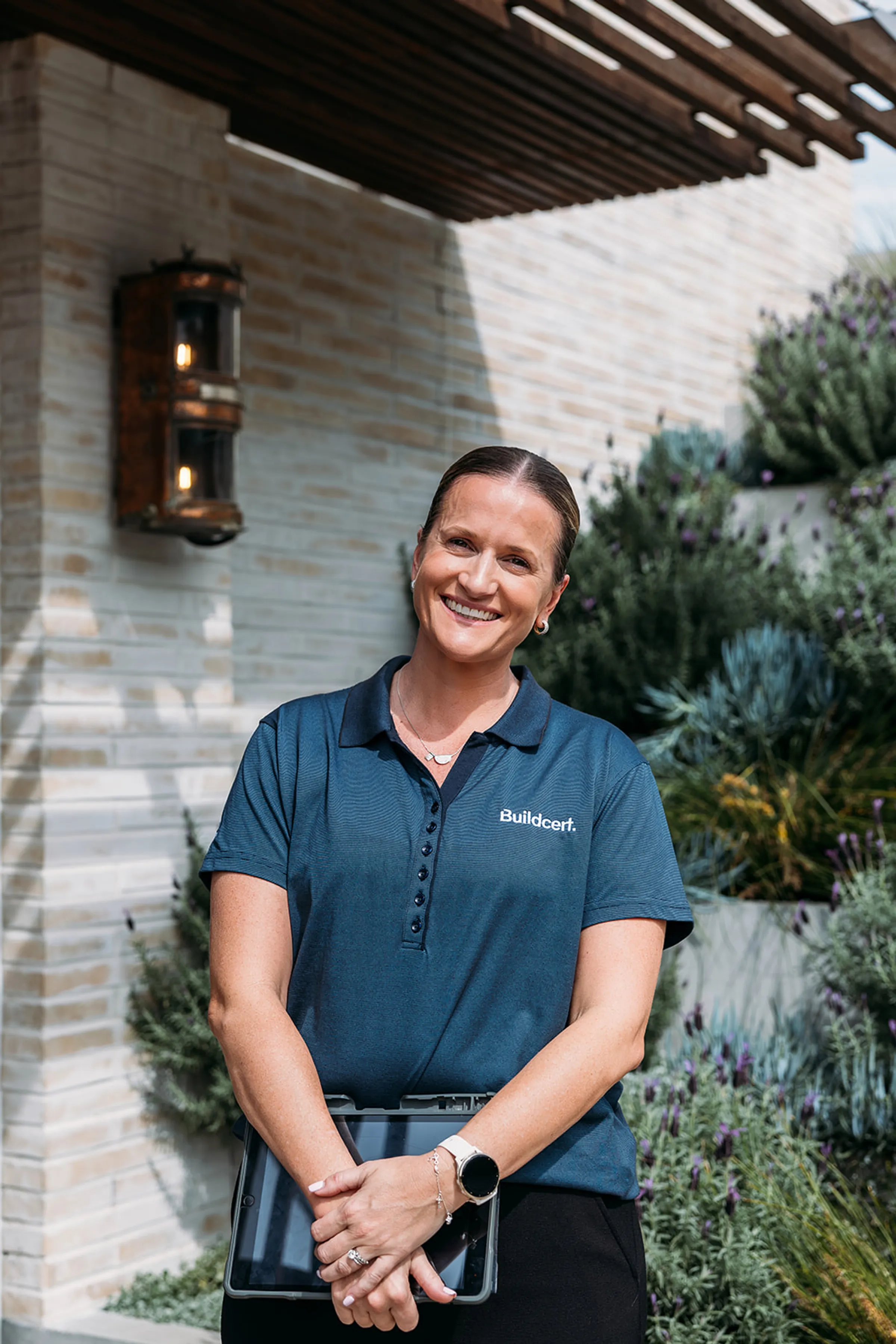


[ Services ]
The right solution, every time.
Buildcert sorts everything from approvals to final sign-off, so you can have peace of mind knowing that you’ve got one team, all the way through. We’re your one-stop-shop for certification services.
Certification sorted.
For projects big or small, Buildcert gets your certification sorted. Trusted experience, clear communication and fast turnarounds mean you get less stress, more certainty, and support to keep your project moving.

- +47000Approvals issued.That's over 47,000 approvals, sorted.
- 15.6B$Total value of construction approved.$15.6B of construction approved and counting.
- +275000Inspections completed.Clients trust Buildcert because we’ve got the experience and know-how to get your certification sorted.
"Buildcert’s building compliance expertise was invaluable during our recent upgrades. Their team brought confidence, clarity and professionalism to a complex project, ensuring everything stayed compliant and on track from start to finish."
"Buildcert has been a reliable partner for years. Their proactive approach, local knowledge, and responsiveness take the stress out of certification for our team."
"Buildcert are a valuable partner for our team. Their practical guidance, collaborative approach and clear advice help us deliver bespoke designs that meet compliance without compromising creativity."
Ready to get your certification sorted?
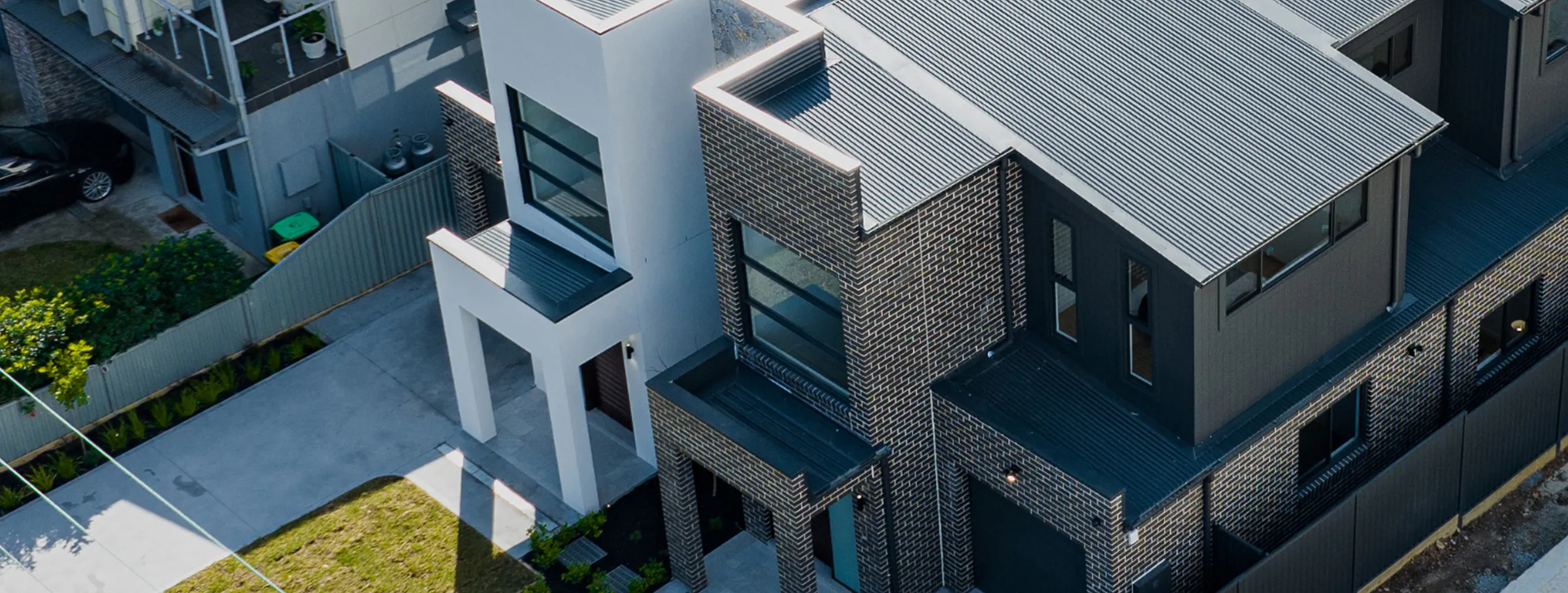
Frequently asked questions.
Got questions on dual occupancy approvals or certification in general? We've put together answers to some of the most common ones.
What documentation is needed for a certification quote?
To do a quote for a Complying Development Certificate (CDC) we just need your site plans that include front, side and rear setbacks as well as elevations (if you have any supporting property documents like a Title Search send that through as well). For a Construction Certificate (CC), all we’ll need is your development consent from Council and your Development Application (DA) stamped plans.
What’s the difference between a Construction Certificate and a Complying Development Certificate; and which one do I need?
Both are types of building approval, but they apply in different situations:
- Complying Development Certificate (CDC): This is a fast-tracked approval that combines both planning and building approval in one. If your project meets specific rules under the State’s Housing Code (like height limits, setbacks and site coverage), you can skip council and get approved by a private certifier, often much faster.
- Construction Certificate (CC): This is used when your project has already been through the full Development Application (DA) process with council. A DA gives planning approval, and the CC is the building approval that follows. You’ll need both before work can start.
Do I need subdivision certification if I’m building a dual occupancy?
If you're splitting a lot into two separate titles for a dual occupancy, yes; subdivision certification is needed to register each dwelling independently.
It ensures you can sell or title each side later, easily and legally.
How does the Pattern Book Development Code (PBDC) affect my dual occupancy multi-dwelling or manor home development?
Similar to the Low Rise Housing Diversity Code (LRHDC), if your project aligns with the approved NSW Housing Pattern Book designs and your site meets zoning requirements, you’ll also be able to skip the full Council DA process and obtain approval via the CDC pathway instead.
This will allow you to build and subdivide faster, with clear design standards and fewer administrative hurdles. It’s a smart, streamlined option to keep your project ticking along.
How does the Low Rise Housing Diversity Code (LRHDC) affect my dual occupancy, multi-dwelling housing (terraces) and manor house development?
If your design meets the LRHDC rules and your site is zoned correctly, you can skip the full council DA and get approval through a Complying Development Certificate (CDC) instead. That means you can build and subdivide faster, with fewer delays, clearer requirements, and no runaround. It's a smart move if you're looking to keep your project moving.
What projects need subdivision certification? Do they also need building certification?
Any project that divides land into legally separate lots needs subdivision certification. If you’re also constructing buildings (like townhouses or units), you'll need both subdivision certification and regular building certification, so your project is compliant, safe, and properly recorded.
What is the role of the Principal Certifier?
The Principal Certifier (PC) is responsible for making sure your build meets all the regulations and rules, from your CC or CDC, through to final approval. They’ll carry out mandatory inspections, check that your construction follows the National Construction Code and planning conditions, and issue the Occupation Certificate when everything’s complete and compliant.
Toolbox
Sorted.


